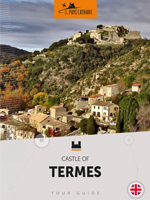History
In the 10th century, 460m high, overlooking the dizzying gorges of Termenet, stands a square tower, originating from the first castle of Termes. In the 12th century, a village occupied the southern slope of this hill. Termes became a fortified village. The lords of Termes, rich and influential, were the powerful vassals of the viscount of Carcassonne-Béziers, Trencavel Termes was a key target for Simon de Montfort, the leader of the crusaders, and he laid siege in 1210. The taking of this strategic location, rumoured to be unassailable, was hugely significant, inspiring many chroniclers. After briefly regaining possession of the family castle, Olivier de Termes was forced to cede it to the King of France in 1228. During the second half of the 12th century, the castle was refortified and the village was moved further down. In 1653, an explosion shook the mountains. The Sun King, who had won La Fronde (series of civil wars in France between 1648-53), defeated Termes Castle, which had become strong enough to shelter potential rebels.
Things to explore
As you walk
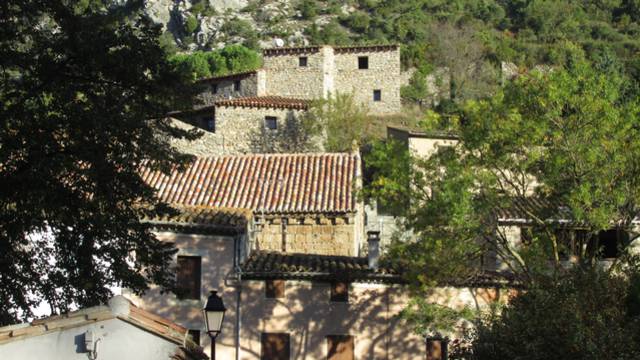
Narrow roads
A delightful sensation awaits hikers in the narrow roads of this village classed as a 'characterful village'. Enjoy the rural, fresh and simple atmosphere, which can be seen in the corner of a cobblestone road, a covered walkway, a rough-stone staircase bordered with wild flowers. There's a joy in leaving the children laughing on the banks of the river, and the shelter of the plane trees, to climb towards the church at the top of the village, and the path into the hills straight after.
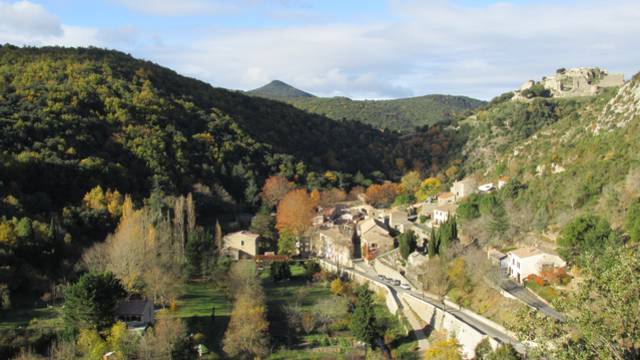
Le Sou
This clear stream, where crayfish live, runs through the village. You can follow it from the car park along a flower-lined path, which makes you want to take off your shoes and... But as enchanting as it is, the Sou can become a dangerous torrent which overflows and destroys everything in its path, as demonstrated by the remains of a house that got in the way... Even today, despite measures taken, the river sometimes overflows into the road.
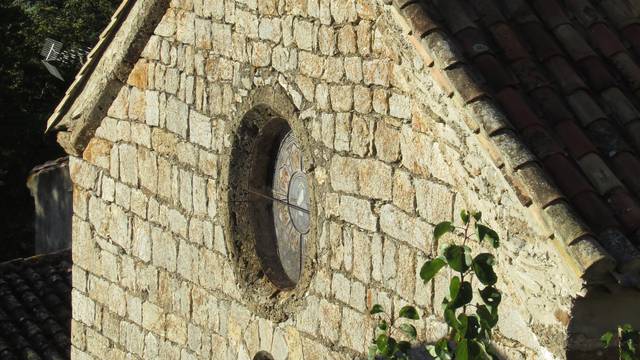
The parish church
In the middle of the 13th century, when the village of Termes left the slopes of the castral hill for the banks of the Sou, a new church was built. The Notre Dame des Termes has a tile roof, a small stone cross and oculus on the east side, and a short bell tower above the entrance. The church can be seen from the castle, separated from the fields by houses. Inside, the barrel vaults let in a feeble light. Over the font is sculpted the crest of Pierre de Montbrun, the archbishop of Narbonne from 1272 to 1286: a tree on top of a hill.
About
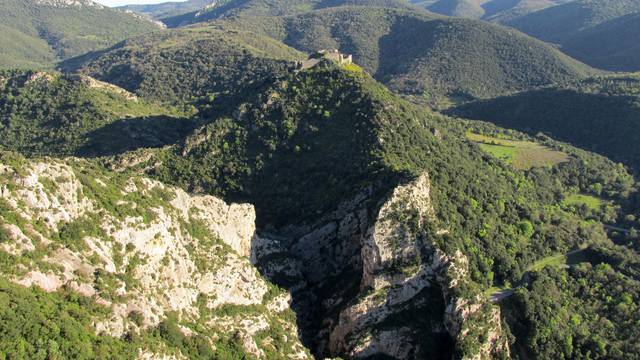
The countryside
At the top of the castle or hill, the wide, blue sky stretches out overhead, and the Corbières and its craggy mountains surround you. In this unspoiled landscape, with the heath all around, you can hear the call of cicadas. You can find diverse, and sometimes surprising, flowers here, such as henbane (hyoscyamus niger). Known for its hallucinogenic properties since early Antiquity, this is the plant used by witches in the Middle Ages to make unguents and potions. The shy genette lives in the hills. It can be seen in the booklet of the Petite Vadrouille de Termes, a path with magnificent viewpoints of the region and the castle, and that tells you the story of the siege in 1210.
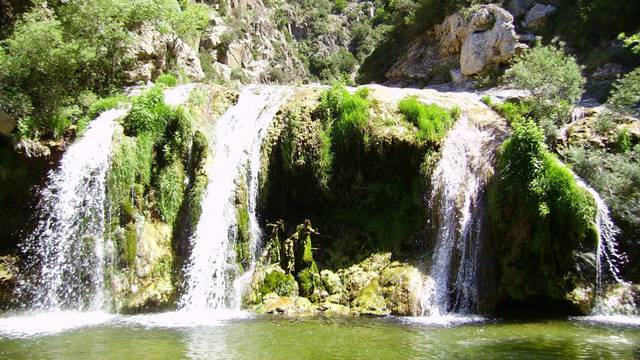
The Termenet gorges
At the foot of the castle, the Sou winds along the bottom of the Gorges of Termenet. These dizzying gorges, dug out of the limestone, are a fantastic place for gorge-scramblers. The first waterfall, the 'Clue du Termenet', has a 6m drop. Hidden under the tunnels of the D40, it is only accessible via canyoning. The final waterfall plunges into a pool that marks the end of the gorge. You can see it from the Sentier de le Petite Vadrouille. A car park with toilet facilities has been built for canyoners in one of the road tunnels. It helps to preserve the Sou Valley, which is a protected nature reserve around Termes.
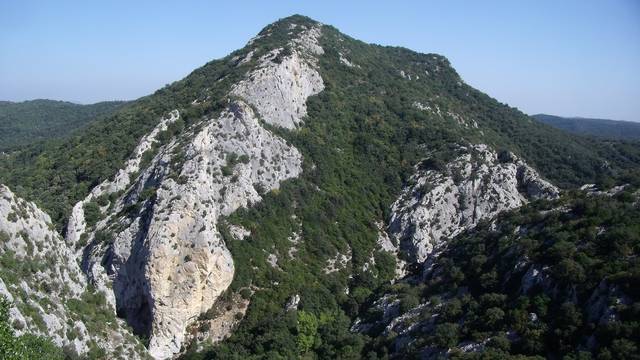
Coynepont Gorges
The Coynepont Gorges can be seen from above, by taking the loop of the Sentier du Roc Nitable, which passes overhead, or by scaling the cliffs at the nearby climbing area. You can also follow the Sou, which has forged the gorges via a chaotic and wild path, where the gurgling of the river sometimes becomes a roar, or drops to a murmur. This site is also a protected nature reserve, and is located to the south of the village, upstream from the little Chapel of Saint André. Processions used to take place here during periods of drought. The wooden statue of Saint André was dipped into the river, and put back, wet, in the chapel, leaving nothing else to do but wait for rain...

Jean le Picard, an artisan roofer, built the roof of the castle's church in 1280-1300, and left his signature, inscribed in the mortar: his personal stamp. This master craftsman left the North to enter the King's service, and ended up at the Palais des Papes in Avignon. His stamp is visible from the entrance to the castle, alongside other objects found on the site, including an undetonated bomb from 1653! Many years later, another man left his mark. Edouard Guittard (1890-1940) was the village hairdresser... and road-mender. Was that how he started off? He cut the box trees into creative shapes. His son followed in his footsteps until 1965, and today, it is the council that continues this unusual tradition. The trimmed box trees can be admired along the D40.








